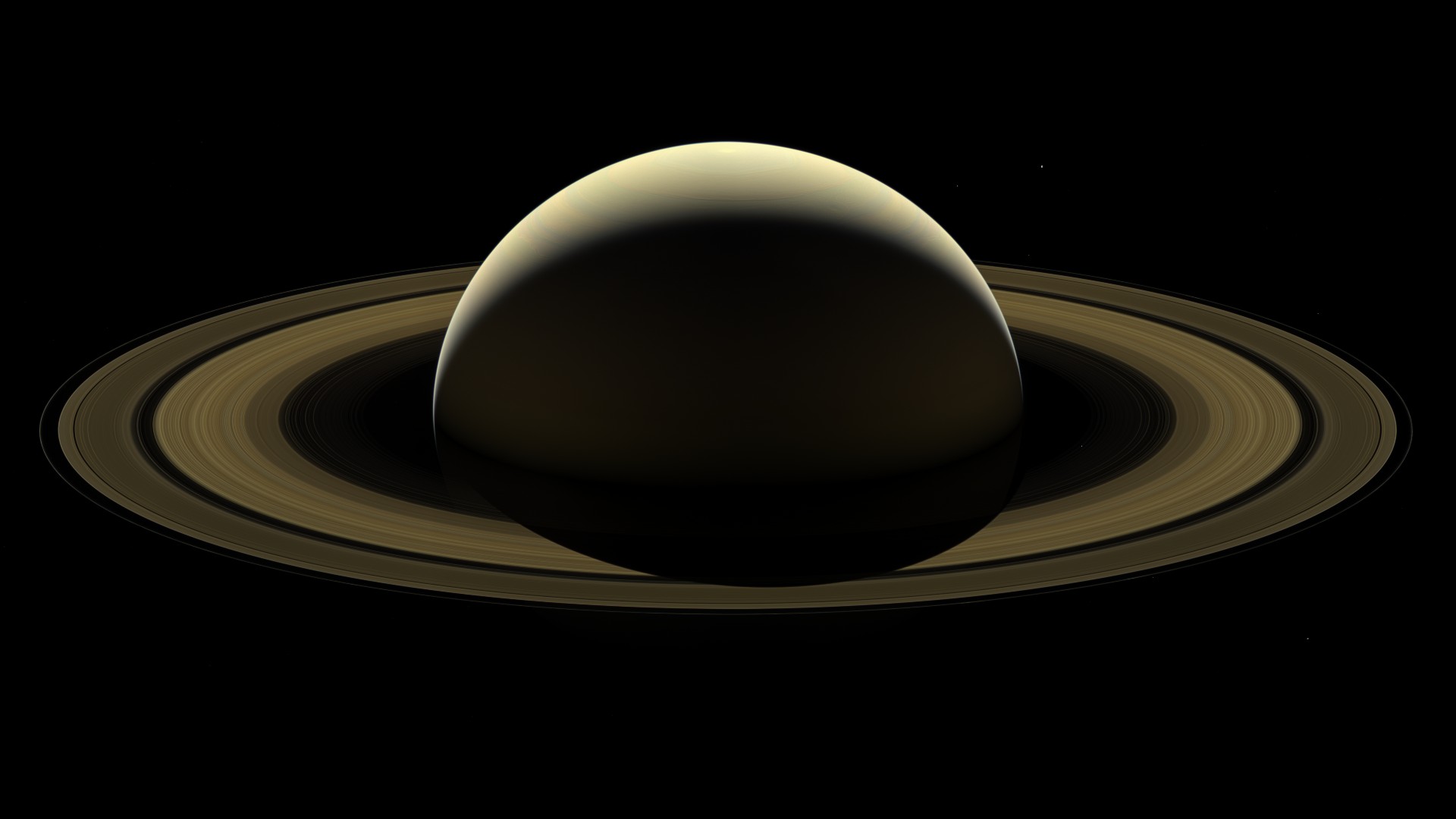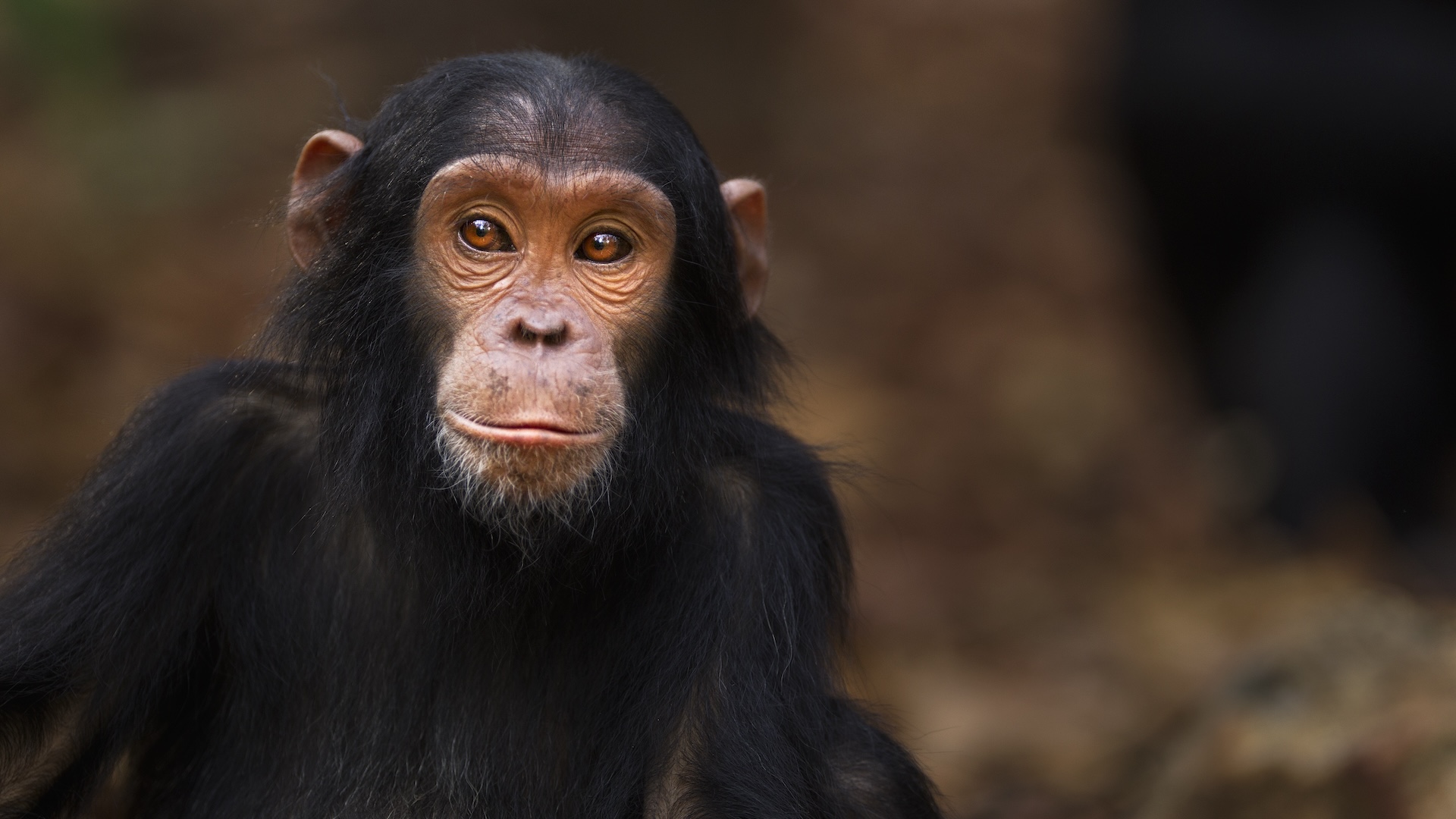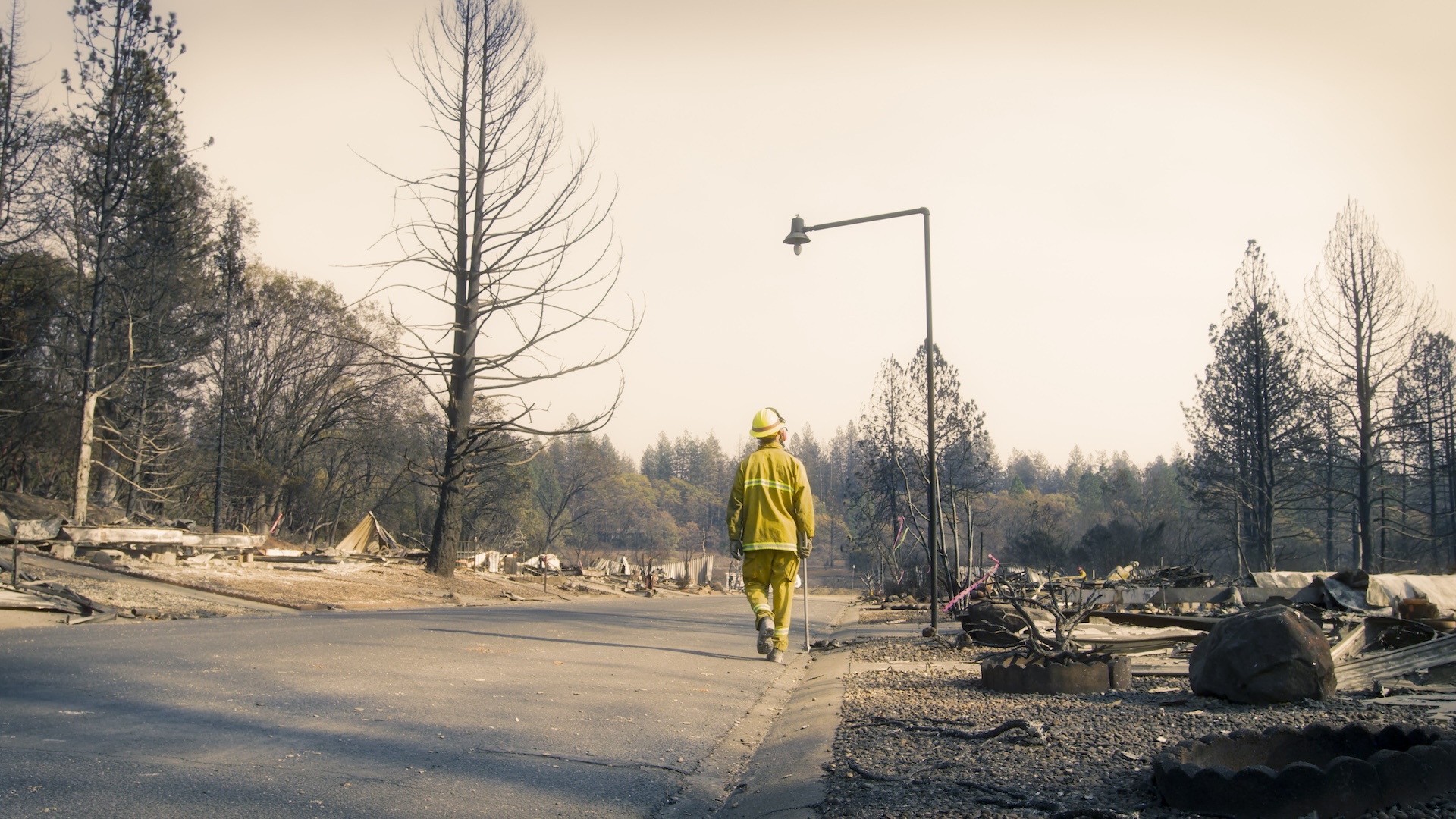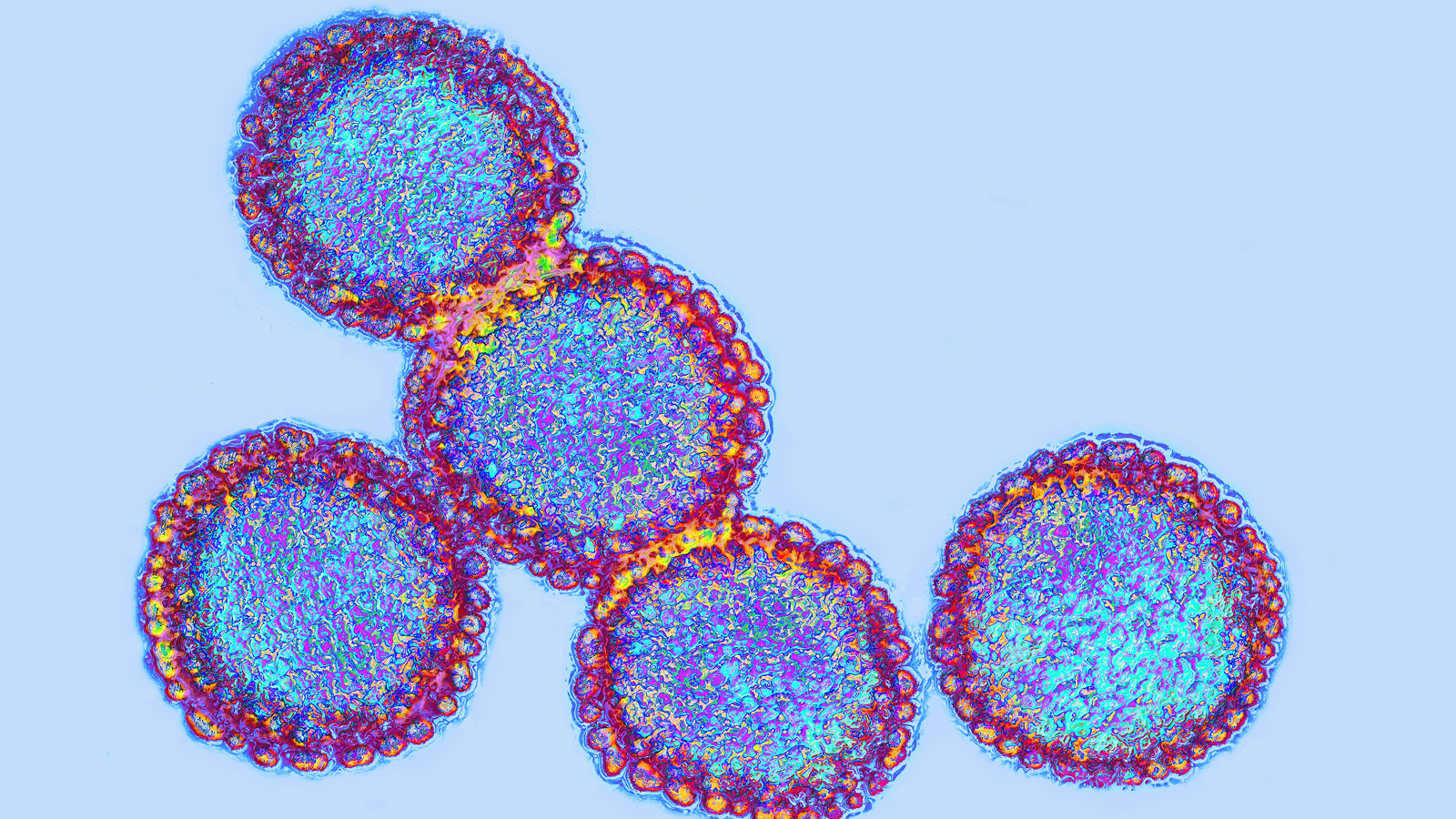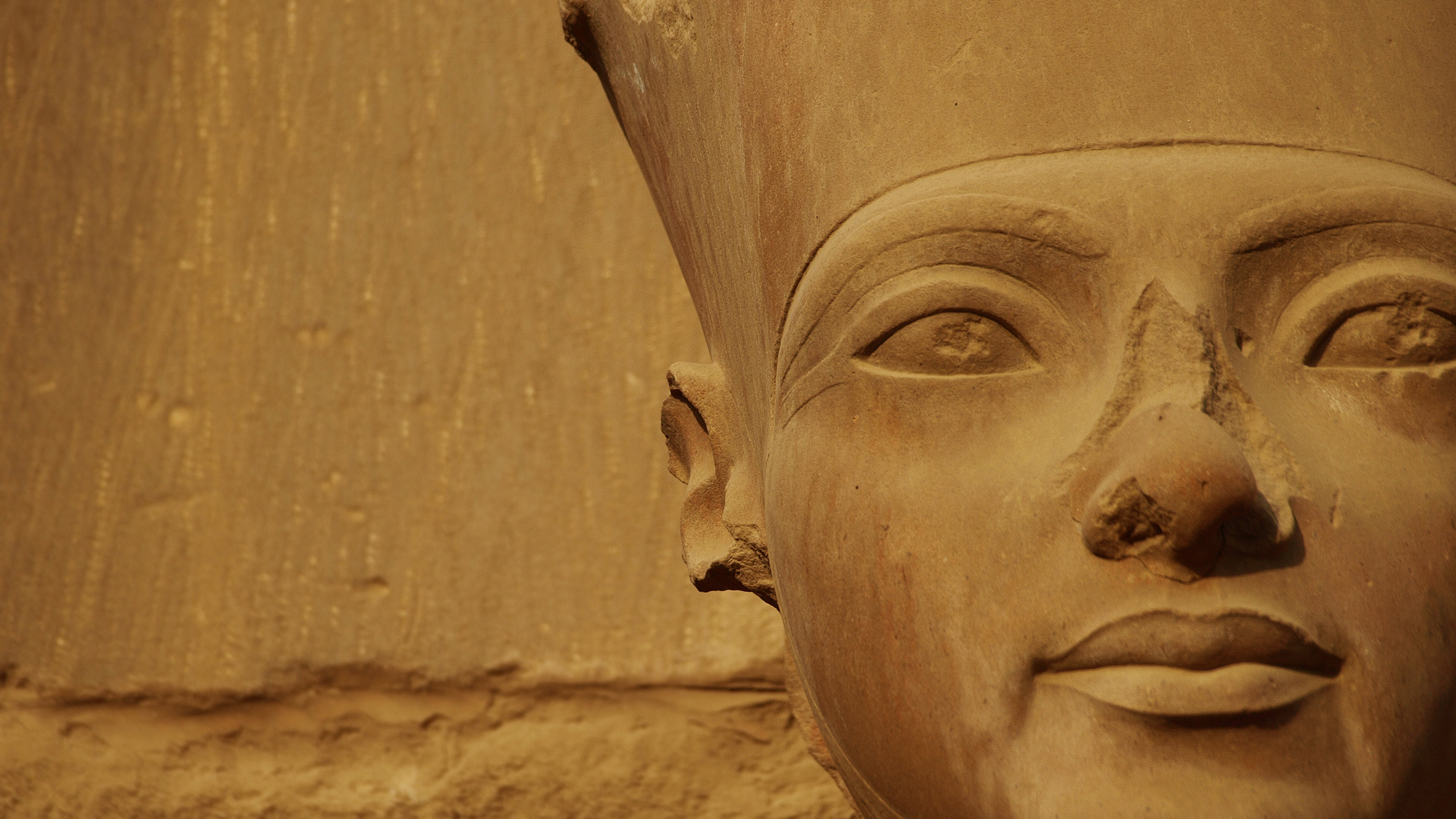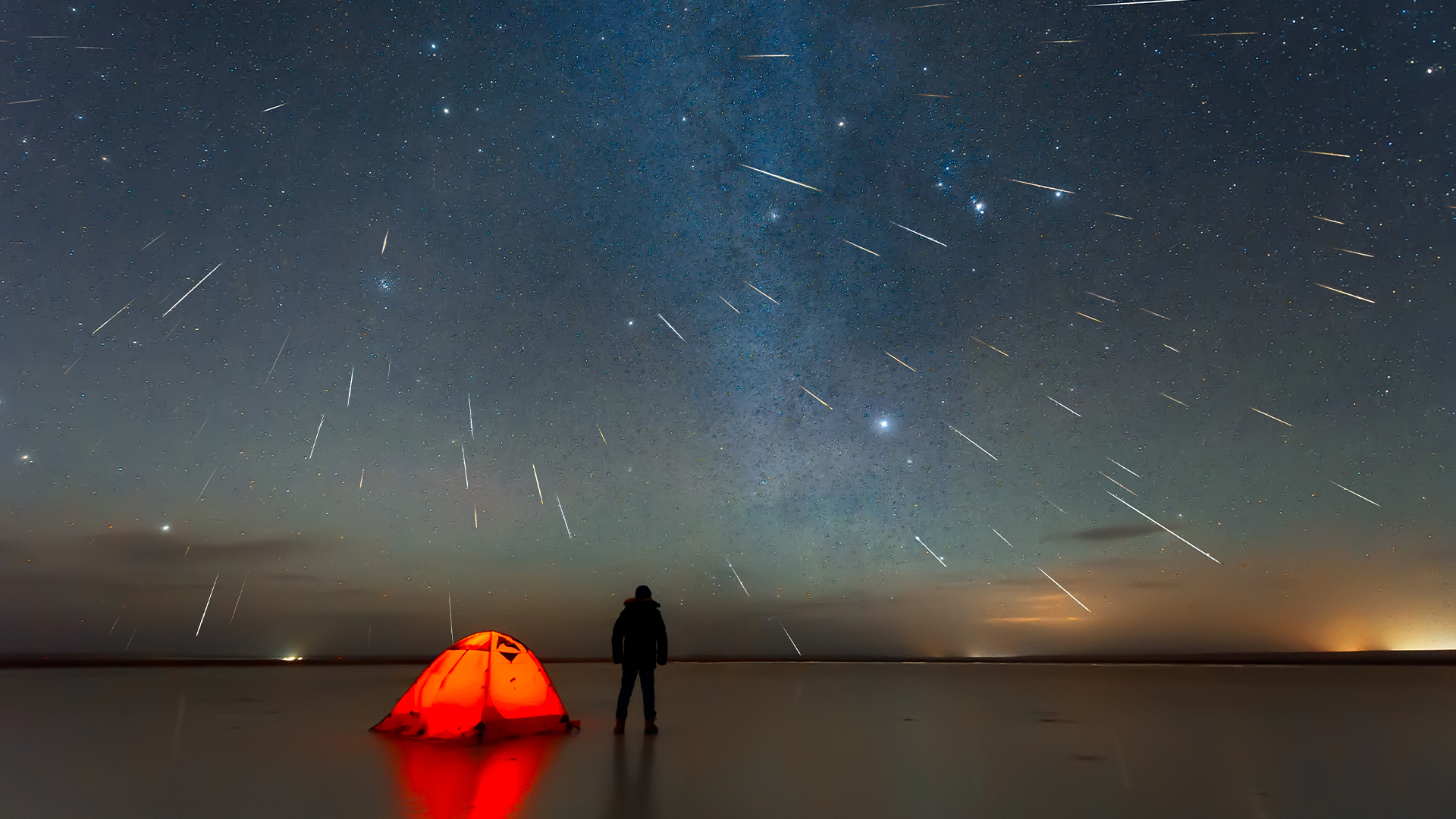Brachiosaurus: Facts About the Giraffe-like Dinosaur

Brachiosaurus was an unusual dinosaur that lived 155.7 million to 150.8 million years ago during the mid- to late Jurassic Period. Specimens have been found primarily in the fossil-rich Morrison Formation in North America, but the dinosaur did not resemble any of the others that roamed the region. Its long neck made it look like a giraffe, and its forelegs were longer than its hind legs. The name Brachiosaurus, in fact, means "arm lizard."
Brachiosaurus was likely a warm-blooded animal. Some models suggest Brachiosaurus and other sauropods (long-necked dinosaurs) were gigantotherms — animals whose enormous size allowed them to keep high body temperatures. Calculations based on this theory indicate a body temperature of up to 113 degrees Fahrenheit (45 degrees Celsius) for Brachiosaurus. In 2011, however, researchers were able to directly calculate the dinosaur's temperature to be 100.8 F (38.2 C), by measuring the ratios of certain isotopes (atoms of elements with a different number of neutrons) in Brachiosaurus teeth. The study, published in the journal Science, suggests Brachiosaurus had behavioral or bodily mechanisms to keep cool despite their large size, such as having a lower metabolism during adulthood.
It's unclear just how large Brachiosaurus really was because most size estimates for the dinosaur come from fossils of what was thought to be its African form, B. brancai. But in a 2009 study in the Journal of Vertebrate Paleontology, paleontologist Michael Taylor reanalyzed the fossils of B. brancai and B. altithorax (the North American species), and determined that B. brancai should belong to its own genus, reclassifying it as Giraffatitan brancai. Taylor later estimated that B. altithorax was about 82 feet (25 meters) long, though the dinosaur may be even larger than this, as the fossils of both G. brancai and B. altithorax came from specimens that weren't fully grown. Additionally, Brachiosaurus may have weighed about 62 tons (56 metric tons), according to 2014 study in the journal PLOS Biology.
At the time of its discovery in 1903, Brachiosaurus was declared the largest dinosaur ever, but other sauropods are now believed to have been bigger and heavier than Brachiosaurus.
Paleontologists once believed that Brachiosaurus lived mostly in the water, due partly to its nostrils being at the top of its egg-shaped head. But this likely was not the case for several reasons. For one thing, sauropods had air-filled pockets inside their bodies, which would have made them quite buoyant and unstable if they entered deep water, according to a 2004 study in the journal Biology Letters.
Instead, Brachiosaurus and other sauropods stuck to land, and probably even preferred flat land due to the high energetic cost of climbing hills with their incredibly large bodies, according to a 2014 study in the Journal of Theoretical Biology. "They're not going to climb hills unless by climbing it they are accessing a really good source of energy," said study co-author David Wilkinson, a biologist at Liverpool John Moores University in the United Kingdom, who adds that the energetic cost is only part of the story. "Clearly, a big animal on steep ground is more likely to fall over and lose its footing."
Unlike most other other sauropods, Brachiosaurus had long forelimbs that caused its back to incline. If its neck exited its body in a fairly straight line, as is currently believed, this would have resulted in it pointing upwards, though the exact angle and flexibility of its neck continues to be debated.

What did Brachiosaurus eat?
The dinosaur's skull had a wide muzzle and thick jawbones that housed spoon-shaped teeth, which were perfectly suited for stripping vegetation.
Brachiosaurus probably fed on coniferous trees, gingkoes and cycads. Adult sauropods, including Brachiosaurus, likely had to eat up to 400 kilograms (880 pounds) of dry plant matter every day, according to a 2008 study in the Proceeding of the Royal Society B. Scientists believe that Brachiosaurus swallowed vegetation whole, as its teeth were suited to stripping vegetation but not breaking up large chunks of plants.
Brachiosaurus are thought to have traveled in herds, moving on after they had exhausted the vegetation in a particular area. While it is believed that they stripped trees of their vegetation ("high browsing"), it is likely that they supplemented their diets with vegetation at lower levels ("low browsing"), especially as the food supply dwindled.
In 2011, Wilkinson and his colleague Graeme Ruxton sought to determine if low browsing was an energetically attractive option for sauropods, as it would have allowed them to feed on a larger swath of food without needing to move their whole body to a new area. For Brachiosaurus, with its approximately 30-foot (9-meter) long neck, low browsing reduces the overall cost of foraging by 80 percent, compared with dinosaurs with shorter necks, according to their study in the journal Biology Letters.
However, this doesn't necessarily mean the dinosaurs were dedicated to low browsing instead of (or in addition to) high browsing. "It's very difficult to figure out if they are high browsers or low browsers," a determination that would likely require soft-tissue analysis, Wilkinson said.
Unlike its portrayal in the movie "Jurassic Park," paleontologists do not believe that Brachiosaurus could rear up on its hind legs. In an analysis published in "Biology of the Sauropod Dinosaurs" (Indiana University Press, 2011), paleontologist Heinrich Mallison argued that, compared with other sauropods, the odd body shape and limb lengths of Brachiosaurus made this feat difficult and very energetically costly.
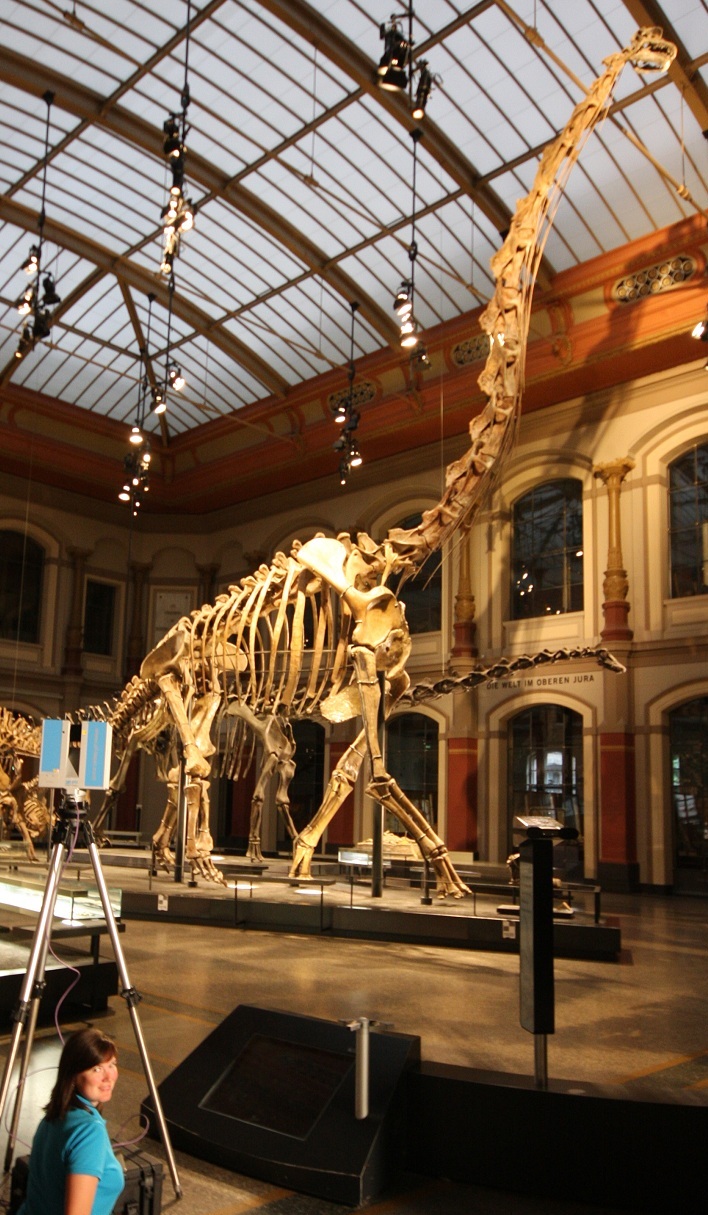
Fossil finds
The first Brachiosaurus (B. altithorax) fossil was found in Grand River Valley in western Colorado in 1900. The paleontologist who discovered this partial skeleton, Elmer Riggs, named this new find Brachiosaurus in 1903.
Brachiosaurus is one of the rarer sauropods of the Morrison Formation. Interestingly, though Riggs may have identified the new dinosaur species, his find was technically not the first discovery of a Brachiosaurus fossil. In 1883, Othniel Marsh discovered a Brachiosaurus skull near Garden Park, Colorado, which he thought belonged to his "Brontosaurus" (Apatosaurus) skeleton. It wasn't until 1998 that scientists correctly identified it as a Brachiosaurus skull (though the exact species is unknown).
Additional remains of the giraffe-like dinosaur have been discovered in several sites in North America, including Utah, Oklahoma, Wyoming and Colorado.
Kim Ann Zimmermann contributed to this article.
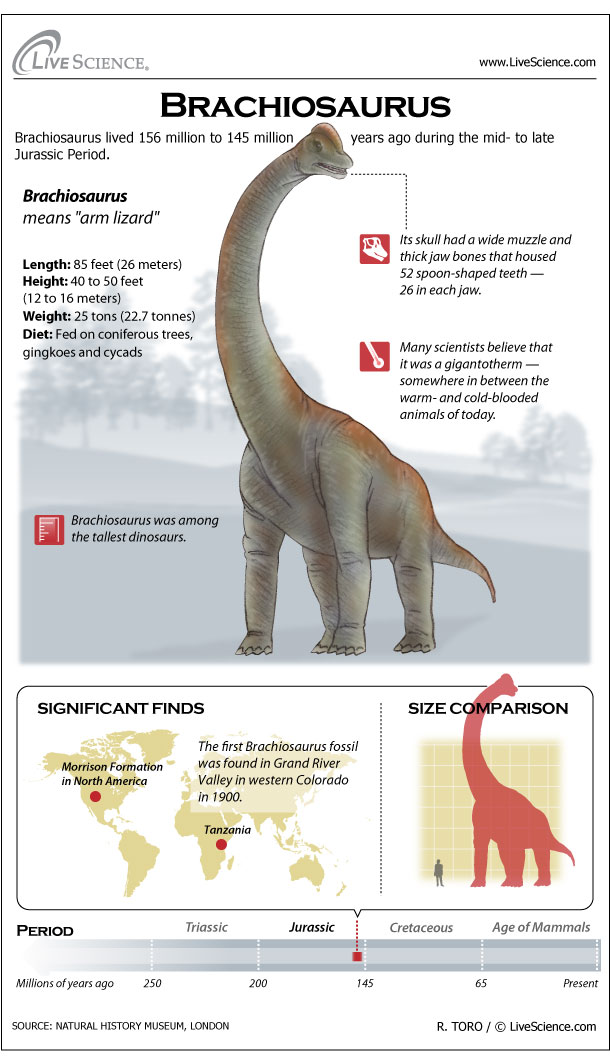
Related pages
More dinosaurs
- Allosaurus: Facts About the 'Different Lizard'
- Ankylosaurus: Facts About the Armored Dinosaur
- Apatosaurus: Facts About the 'Deceptive Lizard'
- Archaeopteryx: Facts about the Transitional Fossil
- Diplodocus: Facts About the Longest Dinosaur
- Giganotosaurus: Facts about the 'Giant Southern Lizard'
- Pterodactyl, Pteranodon & Other Flying 'Dinosaurs'
- Spinosaurus: The Largest Carnivorous Dinosaur
- Stegosaurus: Bony Plates & Tiny Brain
- Triceratops: Facts about the Three-horned Dinosaur
- Tyrannosaurus Rex: Facts about T. Rex, King of the Dinosaurs
- Velociraptor: Facts about the 'Speedy Thief'
Time periods
Precambrian: Facts About the Beginning of Time
Paleozoic Era: Facts & Information
- Cambrian Period: Facts & Information
- Silurian Period Facts: Climate, Animals & Plants
- Devonian Period: Climate, Animals & Plants
- Permian Period: Climate, Animals & Plants
Mesozoic Era: Age of the Dinosaurs
- Triassic Period Facts: Climate, Animals & Plants
- Jurassic Period Facts
- Cretaceous Period: Facts About Animals, Plants & Climate
Cenozoic Era: Facts About Climate, Animals & Plants
Additional resources
- Brachiosaurus is featured in the show Walking With Dinosaurs.
- Paleobiology: "The Improbable Endotherm: The Energetics of the Sauropod Dinosaur Brachiosaurus"
Sign up for the Live Science daily newsletter now
Get the world’s most fascinating discoveries delivered straight to your inbox.


